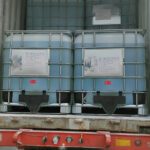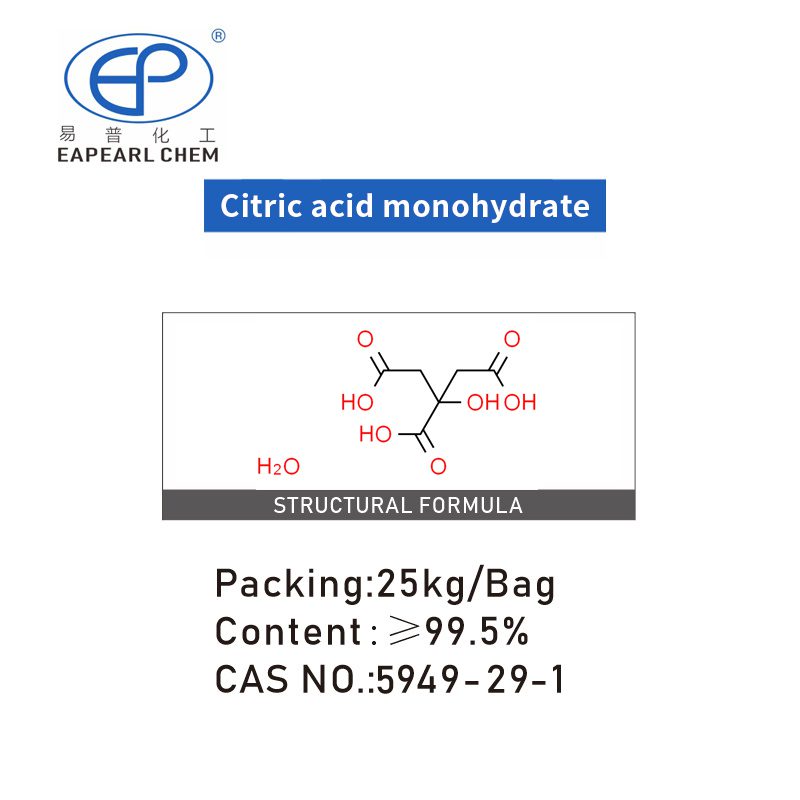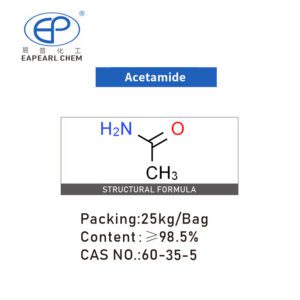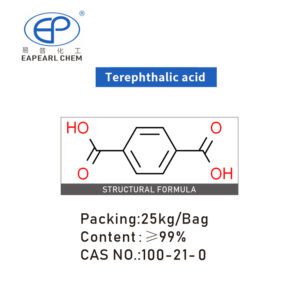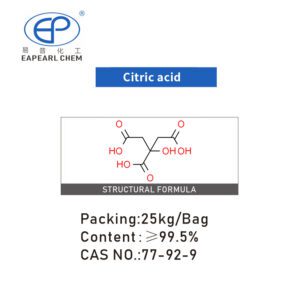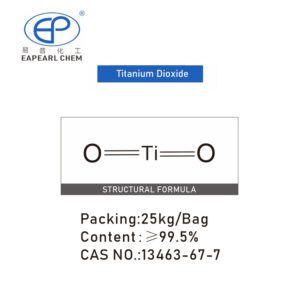Citric acid monohydrate
White crystals or powder Citric acid monohydrate occurs as colorless or translucent crystals,or as a white crystalline, efflorescent powder. It is odorless and has astrong acidic taste. The crystal structure is orthorhombic.White crystal with slight deliquation.
Citric acid monohydrate is an organic molecular entity.|Citric Acid Monohydrate is a tricarboxylic acid found in citrus fruits. Citric acid is used as an excipient in pharmaceutical preparations due to its antioxidant properties. It maintains stability of active ingredients and is used as a preservative. It is also used as an acidulant to control pH and acts as an anticoagulant by chelating calcium in blood.|A key intermediate in metabolism. It is an acid compound found in citrus fruits. The salts of citric acid (citrates) can be used as anticoagulants due to their calcium chelating ability.
| Product Name: | Citric acid Mono, Citric acid monohydrate |
|---|---|
| CAS No.: | 5949-29-1 |
| Purity | ≥99% |
| Packing: | 25kg/Bag |
| HScode: | 29181400 |
We use the latest network security technology to protect your personal information from leakage, and to ensure that you can shop safely and securely.
Share
Description:
Methods of Manufacturing
1. Starch or sugar (such as sugar cane molasses) as raw material, relaction by fermentation. Potato powder disinfection and fermentation ↓ Aspergillus niger 26 ℃ Filtered mycelial washing Filtrate heating → lime precipitation → sulfuric acid neutralization → decolorization → resin exchange → crystallization → citric acid
2. First 12% ~ 16% potato taro powder sterilization, and then inoculated with Aspergillus pre-cultured mycelium, for fermentation. Adding ammonia water in the fermentation process, separating the hyphae from the fermentation liquor at 26℃ after 2 or 3 days, and adding the water after the mycelium washing to the fermentation liquor. And then heated to 90℃, the use of lime milk precipitation of citric acid, calcium citrate obtained with a little excess of sulfuric acid decomposition of citric acid, filtration, the filtrate with activated carbon decolorization, and then through the ion exchange resin to remove impurities, vacuum 60 ~ 70℃ concentrated, and cooled to not less than 36.6℃ conversion temperature, adding seeds, crystallization, cold air drying, after can get citric acid.
3 .Sugar solution as raw material, with the black yeast fermentation strains, separation, purification. Or extract from citric acid containing fruits, such as lemon juice (citric acid available 5% to 8%), pineapple waste directly.
4. Starchy raw materials such as potato stem, corn and other fermented by Aspergillus niger, and after separation, purification can be made pure.
5. This product is mainly produced by fermentation, the raw materials can be molasses, sucrose, sweet potatoes and petroleum hydrocarbons and other carbohydrates, the general use of fungi for fermentation production. Fermentation can be divided into surface fermentation and deep fermentation of two categories, the surface fermentation is the early production methods, with some of Penicillium or Aspergillus niger as a strain; deep fermentation of Aspergillus also Aspergillus species, the fermentation process In the formation of small spherical polymer aggregates should avoid the production of long and thin silk body, the fermentation conditions for the ph value of 1.5 to 2.8, while the need to pass through the sterile air and with agitation, after the completion of fermentation to remove filamentous bacteria and Residual solid waste, the filtrate calcium carbonate and calcium citrate, and then concentrated sulfuric acid and citric acid in the crude product, then ion exchange resin purification, concentration and crystallization to be finished.
Synonyms:
Characteristics:
| Name | Citric acid monohydrate |
| Synonyms | citric CITRIC ACID H2O Citricacidhydrate Citric acid Mono Hydrous citric acid Citric acid hydrate Citronensαure-hydrat Citric acid Monohydride Citric acid monohydrate Citric acid, monohydrate Citric Acid Monohydrate BP HYDROXYTRICARBALLYLIC ACID MONOHYDRATE BETA-HYDROXY-TRICARBOXYLIC ACID MONOHYDRATE citric acid free acid monohydrate*crystalline 2,3-propanetricarboxylicacid,2-hydroxy-monohydrate 1,2,3-Propanetricarboxylicacid,2-hydroxy-,monohydrate 2-Hydroxy-1,2,3,propane-tricarboxylic acid, monohydrate 1,2,3-Propanetricarboxylic acid, 2-hydroxy-, monohydrate |
| CAS | 5949-29-1 |
| EINECS | 200-662-2 |
| InChI | InChI=1/C6H8O7.H2O/c7-3(8)1-6(13,5(11)12)2-4(9)10;/h13H,1-2H2,(H,7,8)(H,9,10)(H,11,12);1H2 |
| InChIKey | YASYEJJMZJALEJ-UHFFFAOYSA-N |
| Molecular Formula | C6H10O8 |
| Molar Mass | 210.1388 |
| Density | 0.791g/mLat 25°C(lit.) |
| Melting Point | -94°C(lit.) |
| Boling Point | 56°C760mm Hg(lit.) |
| Flash Point | 1°F |
| Water Solubility | 1630 g/L (20 oC) ;H2O: soluble 54% (w/w) at 10°C (Citric acid in water) |
| Solubility | Soluble in methanol and water |
| Vapor Presure | 184 mm Hg ( 20 °C) |
| Vapor Density | 2 (vs air) |
| Appearance | White crystal or powder |
| Specific Gravity | 0.810 (20/4℃) |
| Color | White |
| Merck | 14,2326 |
| BRN | 4018641 |
| pKa | 3.138, 4.76, 6.401 |
| PH | 1.85 (50g/l, H2O, 25℃) |
| Storage Condition | no restrictions. |
| Stability | Stable. Incompatible with oxidizing agents, bases, reducing agents, nitrates. |
| Sensitive | Hygroscopic |
| Refractive Index | n20/D 1.359(lit.) |
| MDL | MFCD00149972 |
| Physical and Chemical Properties | Density 1.54 melting point 135-152°C flash point 173.9°C water-soluble 1630g/L (20°C) |
| Use | It is mainly used as a sour agent for food, and is also used for the preparation of pharmaceutical coolants, detergent additives, etc. |
Use
FAQ:
Q1. What is Citric Acid Monohydrate, and what is it used for?
A1. Citric Acid Monohydrate is a white crystalline powder commonly used as a food additive, acidulant, and flavoring agent. It is widely utilized in the food and beverage industry for its sour taste and preservative properties. Additionally, it finds applications in pharmaceuticals, cosmetics, cleaning agents, and various industrial processes.
Q2. What are the benefits of using Citric Acid Monohydrate?
A2. Citric Acid Monohydrate offers several benefits in various industries. In food and beverages, it enhances the flavor, acts as an antioxidant, and preserves the color and texture of the products. In cleaning agents, it effectively removes limescale and stains. Moreover, it plays a vital role in the pharmaceutical industry as a pH adjuster and an ingredient in effervescent formulations.
Q3. Is your Citric Acid Monohydrate manufactured to meet quality standards?
A3. Yes, our Citric Acid Monohydrate is manufactured to meet stringent quality standards. We prioritize quality control and adhere to international regulations to ensure our product’s purity, consistency, and safety. Our manufacturing processes comply with relevant industry standards, such as ISO, HACCP, and GMP.
Q4. Are there any certifications or documentation available for your Citric Acid Monohydrate?
A4. Yes, we provide the necessary certifications and documentation for our Citric Acid Monohydrate. These may include certificates of analysis (CoA), safety data sheets (SDS), product specifications, and other relevant documentation. Please get in touch with our sales team, and they will be glad to assist you with any specific requirements.
Q5. Can you provide customized packaging options for Citric Acid Monohydrates?
A5. Absolutely! We understand the importance of tailored packaging for our customers. Depending on your specific needs, we offer various packaging options, including bags, drums, or bulk containers. Our sales team can provide detailed information about the available packaging sizes and assist you in selecting the most suitable option.
Q6. What is the shelf life of Citric Acid Monohydrate, and how should it be stored?
A6. The typical shelf life of Citric Acid Monohydrate is approximately two years when stored properly. It is essential to store the product in a cool, dry place away from direct sunlight, heat sources, and moisture. It is also recommended to keep the packaging tightly sealed to maintain its quality and prevent any potential moisture absorption from the environment.
Q7. Can you provide samples of Citric Acid Monohydrate for testing and evaluation?
A7. Yes, we offer our Citric Acid Monohydrate samples for testing and evaluation. Please get in touch with our sales team with your specific requirements, and they will assist you accordingly. Please note that certain conditions and charges may be associated with sample requests, which our team will inform you about.
Q8. What is the minimum order quantity (MOQ) for Citric Acid Monohydrate?
A8. The minimum order quantity for Citric Acid Monohydrate may vary depending on the packaging size and your specific requirements. Our sales team can provide the MOQ details based on your inquiry. We strive to accommodate the needs of our customers, whether they require small quantities or bulk orders.
Q9. What are the shipping options available for Citric Acid Monohydrate?
A9. We offer various shipping options to ensure timely delivery of our Citric Acid Monohydrate. These options include air freight, sea freight, and land transportation. Our logistics team will work closely with you to determine the most suitable shipping method based on your location, order size, and urgency. We aim to provide efficient and reliable shipping services to our customers.
Q10. How can I order Citric Acid Monohydrate or inquire about pricing?
A10. Please get in touch with our sales team directly to place an order or inquire about pricing for our Citric Acid Monohydrate. You can reach us by phone or email, or through our website’s inquiry form. Our dedicated team will promptly assist you with pricing details, order processing, and other required information.
Please get in touch with us if you have any additional questions or specific concerns regarding our Citric Acid Monohydrate. Our team is here to provide comprehensive support and assist you throughout the purchasing process.
相关产品
Loading Video or Picture:


